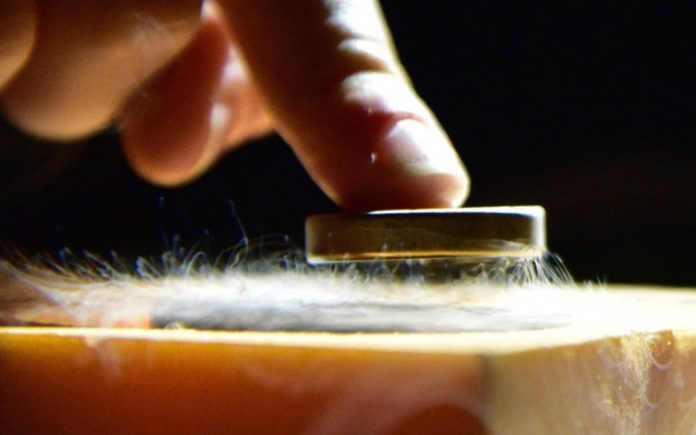A material is said to show superconductivity when it can convey electric current with essentially zero obstruction. So not at all like the ordinarily utilized materials, for example, copper and steel, a superconductor can convey a current inconclusively without losing any energy.
Superconductors are as of now utilized for some applications such hardware, levitation of trains, particle accelerators, and superconducting coils.
In any case, they should be cooled to low temperatures, which limit their utilization in our regular day to day existence.
Now for the first time scientists at the Indian Institute of Science (IISc), Bengaluru has been able to achieve superconductivity at ambient temperature and pressure. A large number of materials have been found to undergo normal to superconducting transitions. But such transitions require extremely low temperature and/or extremely high pressure. Achieving this transition at ambient temperature and pressure, therefore, gains great significance.
Scientists observed superconductivity in nano-sized films and pellets made of silver nanoparticles installed in a gold grid. Superconductivity was seen at minus 37 degree Celsius. The resistance observed is low — 10-4 ohms — yet not zero. The limitation to measuring even lower resistance arises from instrument sensitivity, the authors claim.
Though gold and silver are not known to exhibit a superconducting state independently, the team was able to achieve superconductivity in nanostructures made by embedding silver particles of 1-nanometre size into a gold matrix. The nanosized silver particles were prepared separately before they were incorporated into a gold matrix.
Professor Pratap Raychaudhuri from the Superconductivity Lab at Tata Institute of Fundamental Research (TIFR), Mumbai said, “The results look robust and interesting. At the same time, it is a surprising result as a mixture of two metals — silver and gold — shows superconductivity.”
Dr. Ganapathy Baskaran from Chennai’s Institute of Mathematical Sciences said, “It’s a remarkable achievement and I am very excited about it. To me it is a pleasant surprise but not a shock. They didn’t observe zero resistance but the resistance seen is very low, much lower than any metal.”
Scientists also observed the Meissner effect, however, the effect is moderately low. Meissner effect is the place the attractive fields are totally expelled by the superconducting state and is a critical proof for superconductivity.
Dr. Baskaran said, “Though they didn’t observe perfect Meissner effect, they did observe samples becoming strongly diamagnetic, which is consistent with superconductivity.”
“The observed diamagnetism is far stronger than the values associated with most normal materials, as well as with previous reports of nanostructured gold or silver. The magnitude of the observed diamagnetism is thus consistent with a granular superconductor.”
“Even granular superconductivity at this temperature is a remarkable achievement. Now other scientists should be able to reproduce this.”
Professor Raychaudhuri said, “The temperature at which diamagnetism is observed is the same as when the resistance goes to nearly zero.”
Scientists have published their study in ArXiv.
